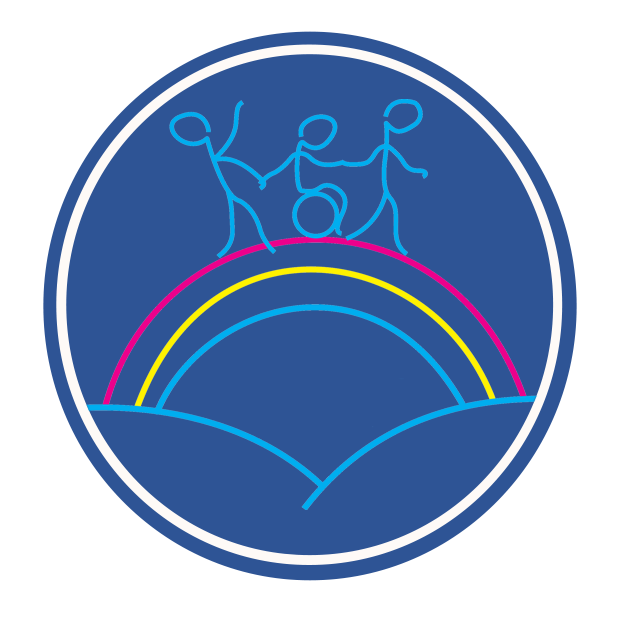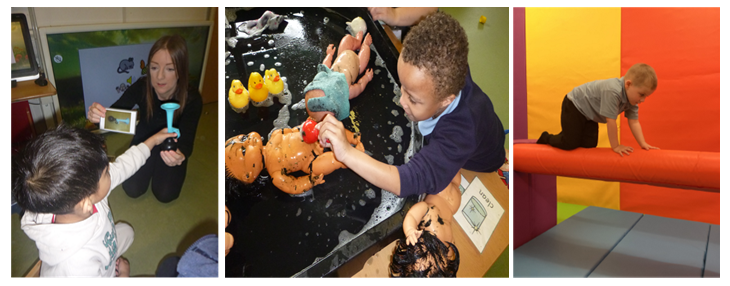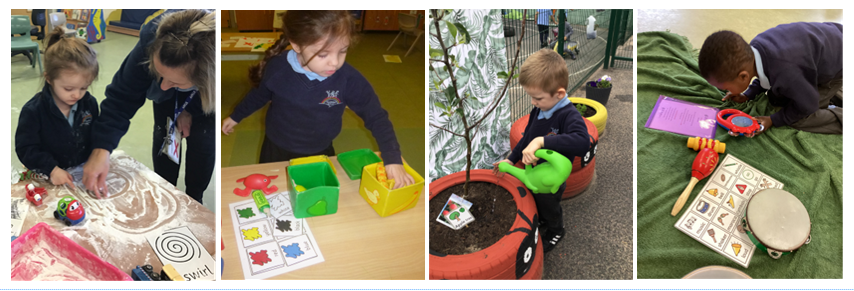EYFS Framework / Curriculum
The Early Years Foundation Stage Curriculum
At all key stages, the overall intent is that pupils engage, achieve, and make the most personal progress they can, over time, to enable them to have the most fulfilling, enjoyable and independent life possible in preparation for adulthood.
In line with our child-centred approach, we put each child at the centre of their learning when they join us in EYFS at the Bridge School and this has guided our theme of ‘All About Me’ for the reception year.
The theme is broken down into supporting contexts throughout the year – as detailed in the EYFS Overview (documents below). The theme aims to widen the children's learning context and is not the driver for the choice of activities. EYFS teachers plan activities that are based on a child’s current assessment levels (stage not age), revisiting knowledge and skills to embed and/or retain each child’s unique strength and abilities, and also to work on their next steps linked to curriculum progression. Meaningful learning and play-based opportunities are informed by personal and social development, engagement, interests and motivators – with communication and language embedding in all that we do.
The areas of Learning and Development in EYFS
Prime Areas
Communication and Language
Personal, Social and Emotional Development
Physical Development
Specific Areas
Literacy
Maths
Understanding the World
Expressive Arts and Design
The Acting Head of EYFS and EYFS Learning and development Co-Ordinator’s work closely with the whole school Curriculum Lead and Subject Co-Ordinator’s to align the EYFS knowledge and skills progression matrix with that of whole school – ensuring the strong foundation that is established in EYFS is built upon as each child moves through to Key Stage 1.
The Characteristics of Effective Teaching and Learning
A key element withing Early Years education are the Characteristics of Effective Teaching and Learning (CoETL). They are characteristics that detail the types of ways in which early years children approach their learning through their decisions and interests. The CoETL also relate to how children tackle new experiences and deal with challenges. Staff are skilled in observing when children are displaying the CoETL during adult-led moments but also while pupils are engaged in independent activities.
Environments
Our EYFS classrooms aim to provide a rich and stimulating learning environment to promote curiosity, independence, a love of learning and to enable each child to thrive within their classroom.
Attached to each classroom is a quiet room, a large group room (equipped with an additional touch screen Interactive Whiteboard), and a separate area for personal care. The classroom leads to an attached outdoor area which guides pupils through to a larger outside space.
Pupils have access to a range of specialist environments during their time in EYFS to enrich our curriculum delivery both indoor and outdoor. Environments include: White Room, Dark Room, EYFS Gym, EYFS Soft Play, Sensory Garden and the Wildlife Area.
Interventions
Partnership working with multiagency professionals and parents is a priority for our EYFS teachers in ensuring the most appropriate strategies and interventions are in place for each child. Teachers will decide on appropriate interventions in response to each child’s needs and abilities. This will take into consideration: - Engagement and ASD / Foundation Plan - Advice from professionals / therapy reports - Short-term Educational Outcomes (which may link to parent priorities) linked to Education Health and Care Plans.
Examples of planned interventions and strategies:
- Attention Autism
- Work reward (Structured teaching)
- Musical interaction
- TAC PAC
- Dance Massage
- Sound About
- Body awareness
- Eye Gaze technology


